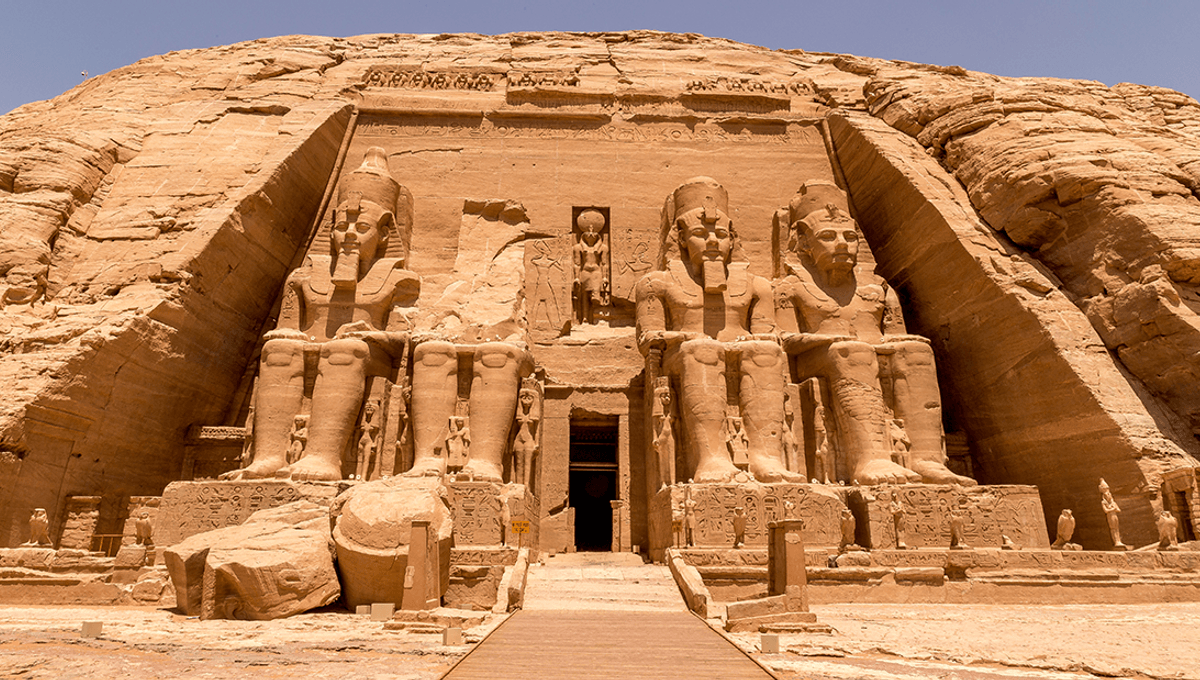
While “flat-Earthers” claim to believe the Earth is flat from their various positions around the globe, we have known since antiquity that the Earth is round. In fact, in around 240 BCE, Eratosthenes of Cyrene made the first measurements of the Earth’s circumference, using nothing more than a stick and a little knowledge.
Born in 276 BCE, Eratosthenes was a music theorist, mathematician, geographer, and poet. But he is best known for his calculation of the Earth’s circumference, which was impressively accurate, to within 1 percent of its actual size. This sometimes earns him the title of “astronomer”, though he showed very little interest in the subject besides this calculation. His contemporaries were less kind, giving him the nickname “Beta” for being very accomplished in all of these areas of learning, but not quite ever the best within them.
You can learn a surprising amount about the Earth and its place in the cosmos using nothing but a stick and the shadow it creates by getting in the way of the Sun and the ground. For instance, if you are short on any other markers, you can use it for navigation pretty effectively.
In 240 BCE, Eratosthenes, along with most of his contemporaries, believed the Earth to be a sphere. Crucially, he also knew of a deep well in Syene, Egypt, known better today as Aswan.
“People walked down circular steps to get into the well to get water. It was very dark on the steps when people were walking down. But on one day a year (June 21st), the sunlight at noon shone all the way down to the bottom of the well. He noticed that his own shadow was very ‘short’ on that day, only covering his feet but not the ground nearby,” NASA explains of the ancient scholar.
“Eratosthenes went to another city in Egypt — Alexandria. On that same day of the year, sunlight did not reach the bottom of wells. And he noticed that his shadow was ‘longer’.”
Eratosthenes took measurements of the shadow cast by a rod in Alexandria, finding that it was 7° 12′ from perpendicular, rather than fully perpendicular to the Sun as seen in Aswan.
“The Sun is so far away that its rays are parallel when they reach the Earth. Sticks placed at different angles to the Sun’s rays cast shadows of different lengths. For the observed difference in the shadow lengths, the distance between Alexandria and Syene had to be about seven degrees along the surface of the Earth; that is, if you imagine the [sticks] extending down to the center of the Earth, they would intersect there at an angle of seven degrees,” American astronomer Carl Sagan explained in the highly recommended book and television series Cosmos. “Seven degrees is something like one-fiftieth of 360 degrees, the full circumference of the Earth.”
Eratosthenes didn’t quite have all the pieces he needed to make a calculation of the Earth’s circumference, but he was now pretty close. All he required now was an accurate measurement of the distance between the well and his shadow-casting stick, known as a gnomon.
That sounds easy enough, but in those times, it was difficult to obtain an accurate measurement. Some distances between cities had been measured not in terms of distance, but by the time it took to travel between the two via camel ride. While you could argue that’s basically the same, camels have a tendency to wander and not follow the most direct route, or change their pace throughout the journey.
He hired “bematists”, or professional distance-measurers trained to walk with an even pace, to measure the distance more accurately. They came back with a measurement of around 5000 stadia, thought to be around 157.5 meters (517 feet).
“Eratosthenes measured the angle and worked out it was about 1/50th of a circumference, so knowing that the distance between Alexandria and Syene was 5,000 stadia, the full circumference of the Earth must be 50 times that,” IFLScience’s resident astrophysicist Dr Alfredo Carpineti explains. “250,000 stadia. This is accurate to 1.4 percent of the real number.”
There are a few caveats here. We do not know the exact length of a stadia, the measurement used by Eratosthenes. But depending on the size of the stadia, that puts the circumference between about 38,624 kilometers (24,000 miles) and 46,671 kilometers (29,000 miles). We now know the Earth’s circumference to be around 40,075 kilometers (24,901 miles) at the equator, and slightly smaller measured pole to pole.
He also made a few other incorrect assumptions, including that the two cities were on the same meridian, when they are not, and that Syene lay exactly under the tropic of Cancer, which it does not, despite being close. We also do not have a record of the precise method he used, and have to rely on a simplified method reported by Greek astronomer Cleomedes in the 1st century CE. Nevertheless, the method is sound, and the measurement surprisingly accurate, for a man in antiquity using nothing but a few shadows, men trained to walk with an even pace, and a stick.
Source Link: How Eratosthenes Measured The Earth's Circumference With A Stick In 240 BCE, At An Astonishing 38,624 Kilometers